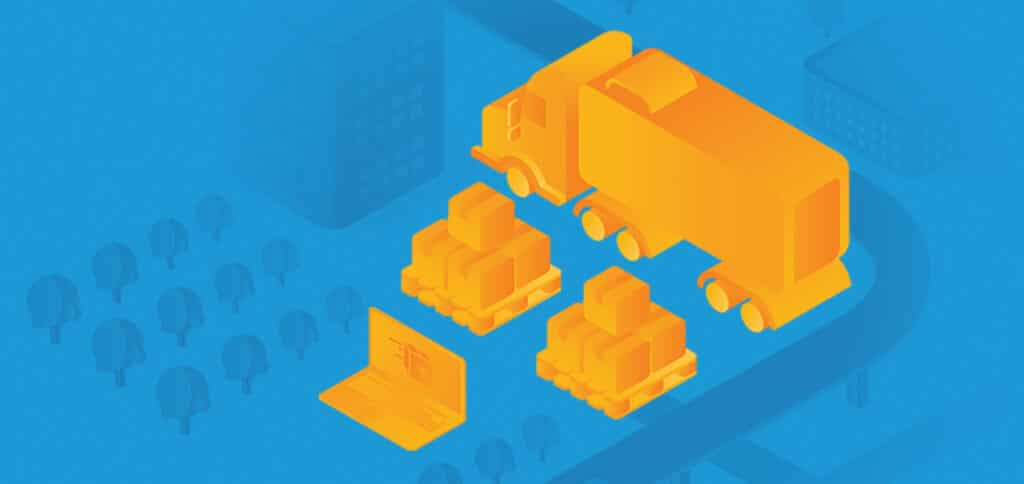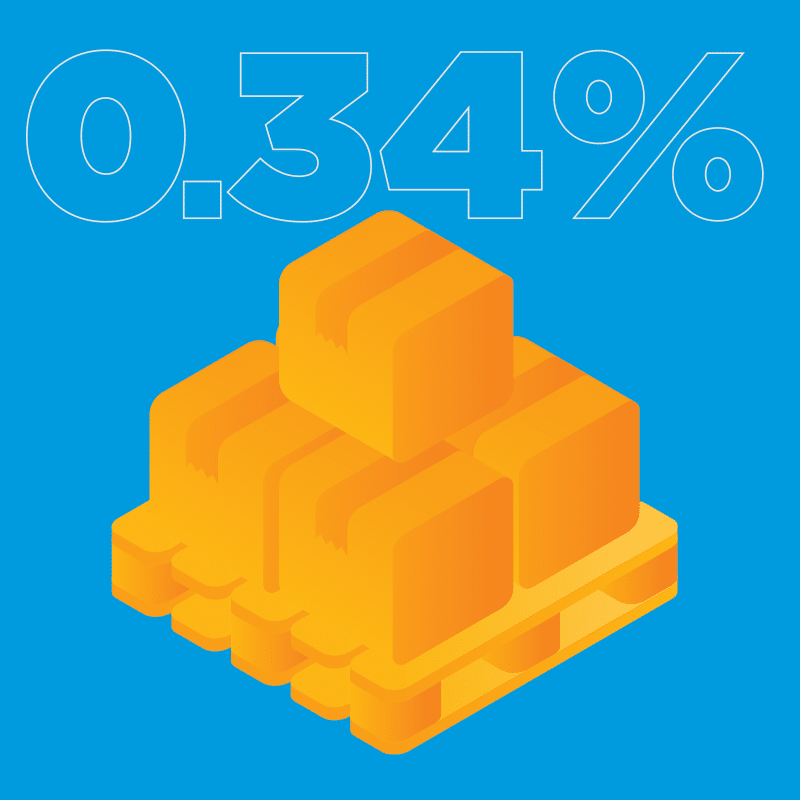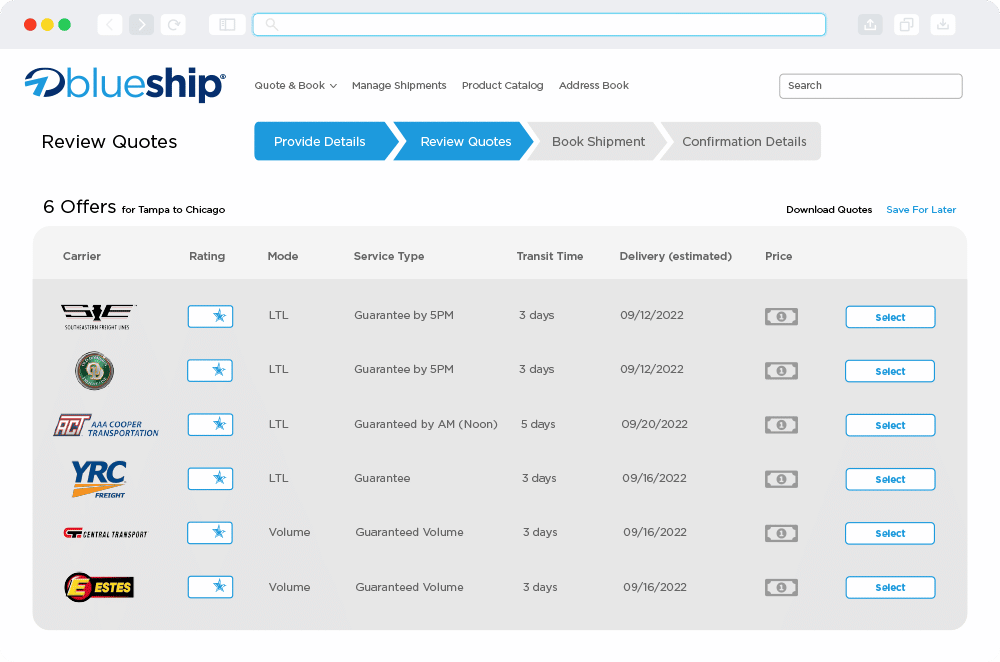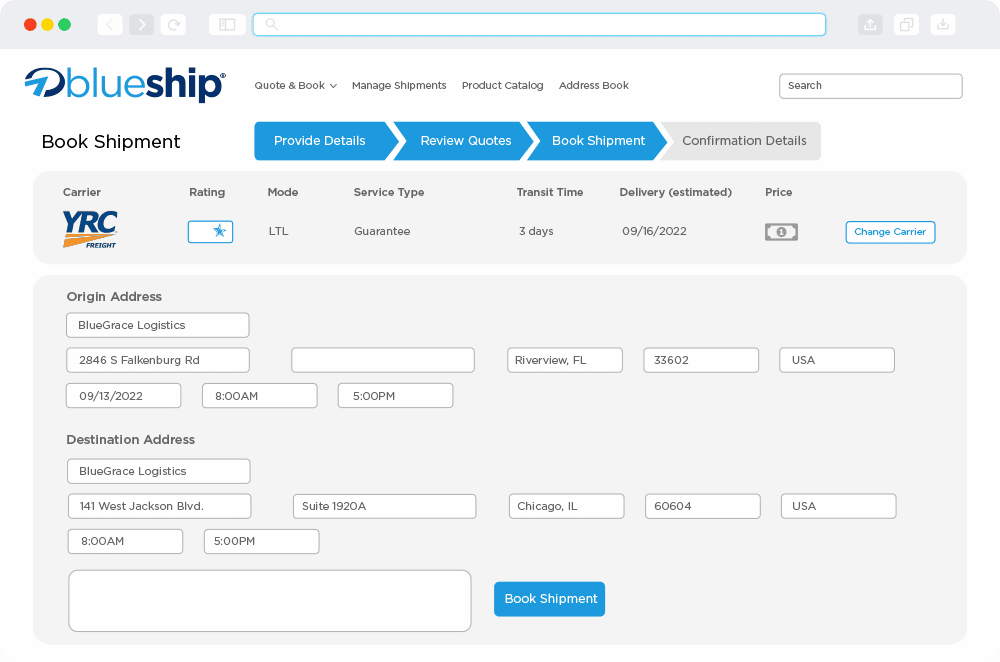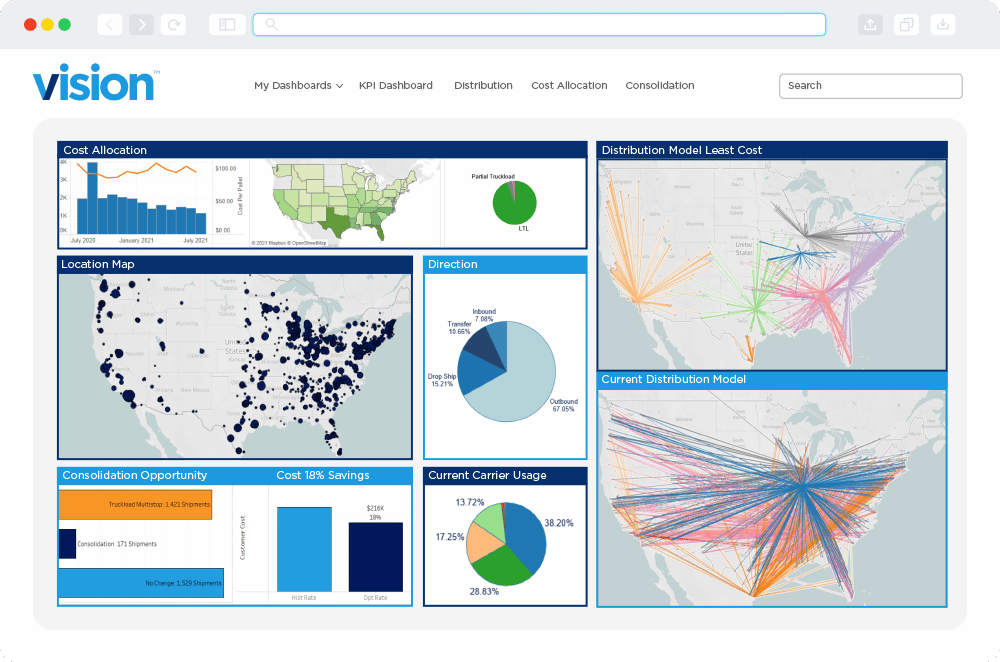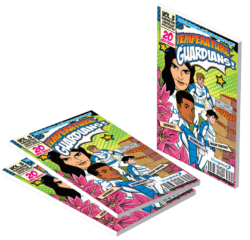LTL Rating
Simplify your LTL with the proprietary BlueShip Rating Engine built for speed, accuracy, and performance. This LTL rating engine delivers thousands of rates in seconds through a single instance platform - so you can quote with confidence. As an open platform, it allows for an easy and accessible API with a software development kit available.
BOOK A DEMOMulti-Modal Support
Built on a modern tech-stack with software products designed to support an increasing amount of transportation and modes. Full truckload, less-than-truckload, refrigerated, temperature controlled, flatbed, intermodal and more. BlueShip TMS is designed with flexibility and customization to support multiple modes and multiple integrations that provide the highest level of visibility across your supply chain.
LEARN MOREFreight Tracking and Visibility
Having complete visibility to your freight is a necessity. With the BlueShip platform, you'll have access to built-in tracking, making it effortless to see where your freight is, every step of the way.
LEARN MOREPredictive Analytics, Actionable Data & Meaningful Insights
BlueShip drives value through understanding, comprehending, and visualizing your logistics network data. Based on highly clean and accurate data, this gives you deep visibility across your supply chain. It allows for AI and machine learning, as well as predictive and prescriptive decision support analytics to build resilience, prepare for disruption and increase operations efficiency.
DOWNLOAD THE WHITE PAPER